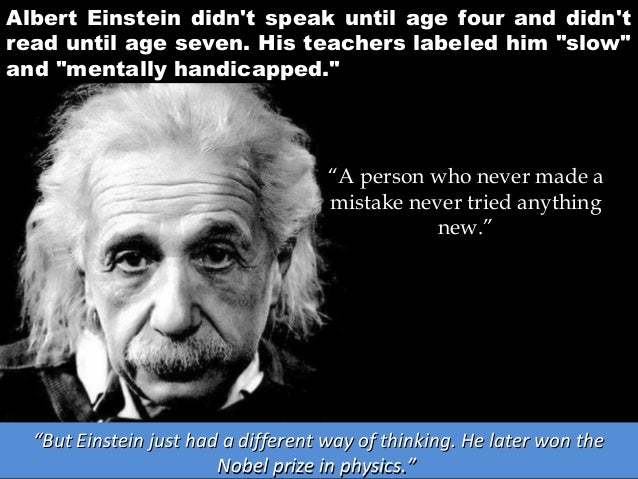I didn’t miss the Week 5 prompt, it’s just that I couldn’t stop my rhizo-head from spinning long enough to stabilize my thoughts.
So this is what Dave said about rhizomatic learning:
Rhizomatic plants are chaotic, aggressive and resilient. It models some of the qualities that can make a good learner. The rhizome, however, can also be an invasive species. It can choke other plants out of your garden such that only the rhizomatic plant remains. (And the rest here which I choose not to address in this post.)
Must rhizomatic learning be an invasive species?
Your challenge
This week take a critical look at the rhizomatic approach. Are we just replacing one authority structure with another? Trading tradition for community? What does this mean in our classroom? How can this get us into trouble? What are the ethical implications of creating a ‘community’ for learning? Community as conformity?
Am I having so much trouble responding because I don’t have anything to say? No, it’s more like I don’t know where to start or how to capture my experiences in the Rhizo15 community. There is no way I am going to be able to respond in coherent linear manner so I might just be impressionistic – turn on the sun and highlight a few things.
Must rhizomatic learning be an invasive species?
Well it depends on your definition of invasive. A rhizome plant is invasive and often unwelcome. Some people (like Maha) welcome the plant as well as the experience. The rhizomatic learning community is a chaotic learning experience with an interconnectedness amongst members which appears to have no dominant mapping logic. (I’m struggling to find words for this.) An image is better.

Image source: Jenny Mackness’ blog
Okay, so there is a good textual explanation:
A rhizome is a root-like organism (though not a root) that spreads and grows horizontally (generally underground). Some examples are potatoes, couchgrass, and weeds. Couchgrass, or crabgrass, continues to grow even if you pull up what you think is all of it, since it has no central element. As a rhizome has no center, it spreads continuously without beginning or end. The main principles of the rhizome are “principles of connection and heterogeneity: any point of a rhizome can be connected to anything other, and must be” (A Thousand Plateaus, Deleuze and Guattari).
This kind of unpredictable, unmappable, interconnected learning can be very invasive. It can:
- disrupt the previously constructed order
- make people get lost
- encourage people to reach out into space and grab anyone’s hand so as not to float out into space alone
- create worlds different to the ones we knew and encourage people to spend a lot of time there
- render people’s speech unintelligible as they exchange clusters of hashtagged memes, poetry, radio plays, and other dubious projects
- tempt people to forgo sleep to participate in conversations and schemes
- make people lose sight of the central premise of whatever it was they were doing before
- make people find they have a fondness for people they’ve never met face to face
- disrupt confidence in objective understanding
- cause a shift in perception of reality which involves subjectivity gaining credibility over objectivity
- creating doubt in the existence of objectivity
Are we just replacing one authority structure with another? Trading tradition for community?
What authority? I can’t see any authority? Where there is no centre there is no authority. But what about Dave? Oh, he comes and goes like an irresponsible parent. We are left out on the streets to play on our own.
What does this mean in our classroom?
That’s what I’m trying to figure out. Can you come back later?
How can this get us into trouble?
Absolutely. I certainly hope so.
What are the ethical implications of creating a ‘community’ for learning?
Can I phone a friend?
Community as conformity?
Too many questions, Dave. Let’s leave some for another time.
Yes! Rhizomatic learning is definitely invasive. I’ve captured 256 rhizo-related things in a Pinterest board and that’s only a small portion of what’s being created by the Rhizo15 community.
















